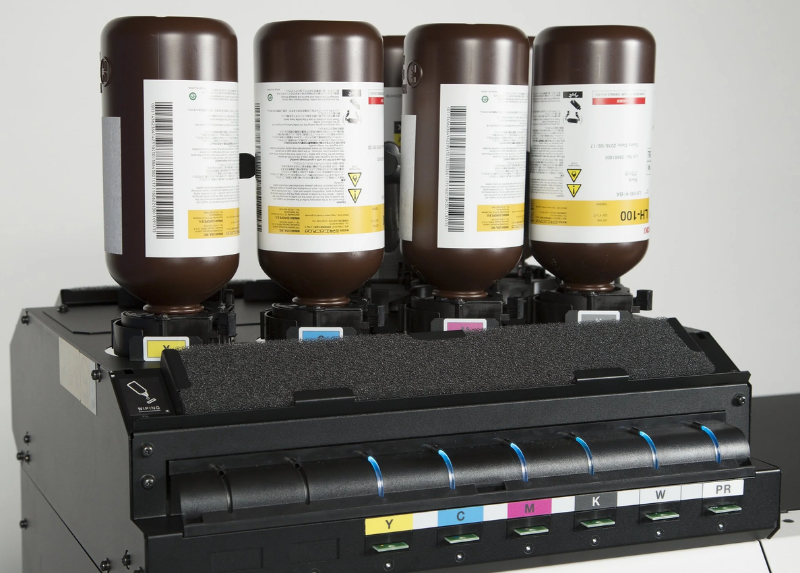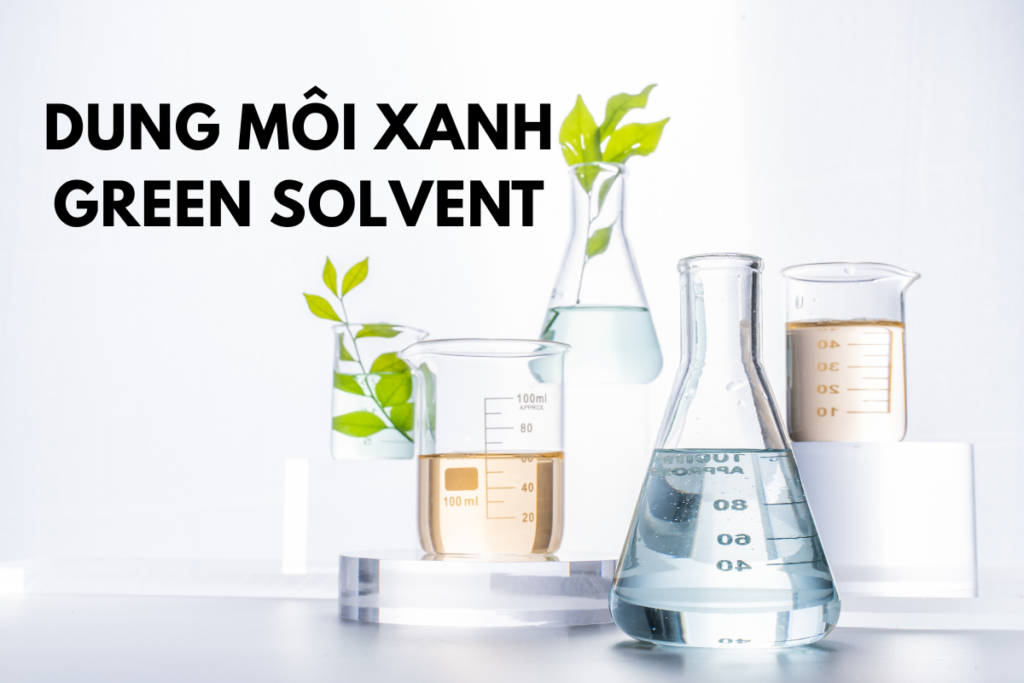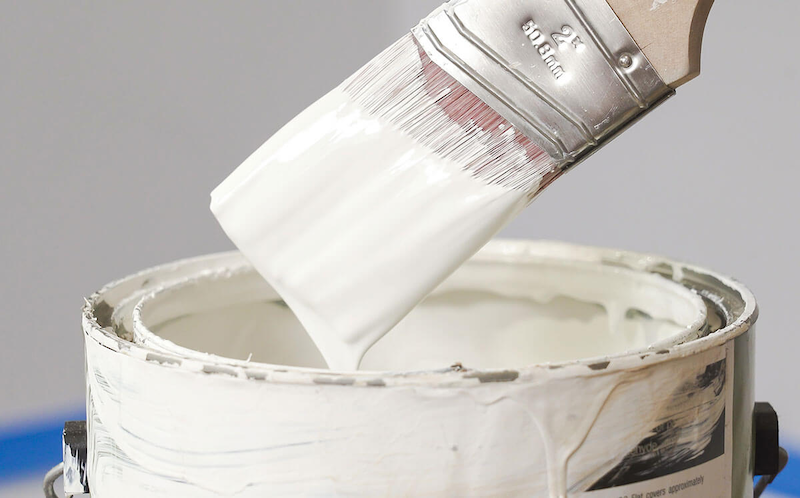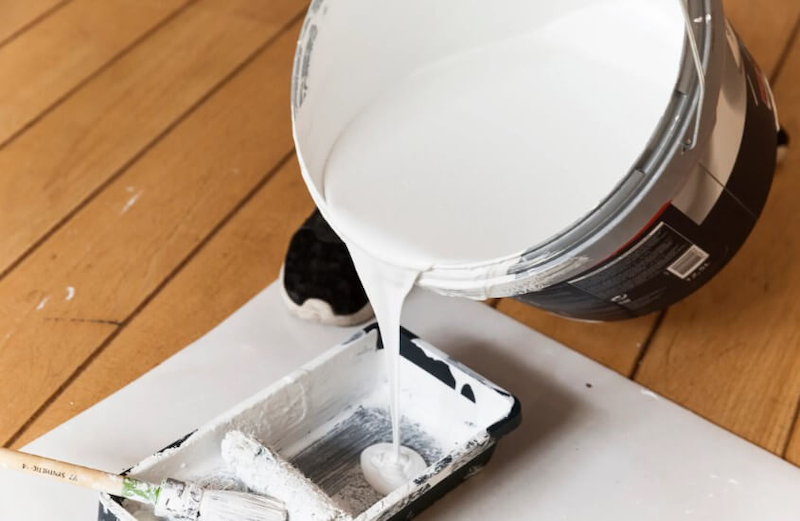What is EA Solvent? Properties, Applications, and Precautions
20/06/2025
|
News
Ethyl Acetate (EA) solvent is an organic compound known for its rapid evaporation, good solvency, and pleasant odor, making it widely used across various industries. In the article below, we will delve into a detailed exploration of EA solvent, covering its characteristic physicochemical properties, applications, preparation methods, and important safety considerations during use.
What is Ethyl Acetate (EA)?
Ethyl Acetate (EA), also known as ethyl ethanoate, is an organic compound belonging to the ester group. Its chemical formula is C4H8O2 or CH3COOCH2CH3. It’s a colorless liquid with a characteristic sweet, fruity odor. Thanks to its good solvency and moderate evaporation rate, it’s widely used as a solvent in many industries.

Physical and Chemical Properties of Ethyl Acetate Solvent
Physical Properties
- State: It’s a colorless liquid.
- Odor: It has a sweet, pleasant, fruit-like odor.
- Molar Mass: Its molar mass is 88.11 g/mol.
- Boiling Point: It boils at 77.1 °C.
- Melting Point: It freezes at -83.6 °C.
- Density: Its density is 0.902 g/cm³ (at 20 °C).
- Solubility in Water: It has slight solubility in water (approximately 8.3 g/100 mL at 20 °C) but is highly soluble in organic solvents like ethanol, acetone, and chloroform.
- Viscosity: Its viscosity is 0.426 cP (at 20 °C).
- Evaporation Rate: It evaporates quickly, making it suitable as a solvent in paints and adhesives.
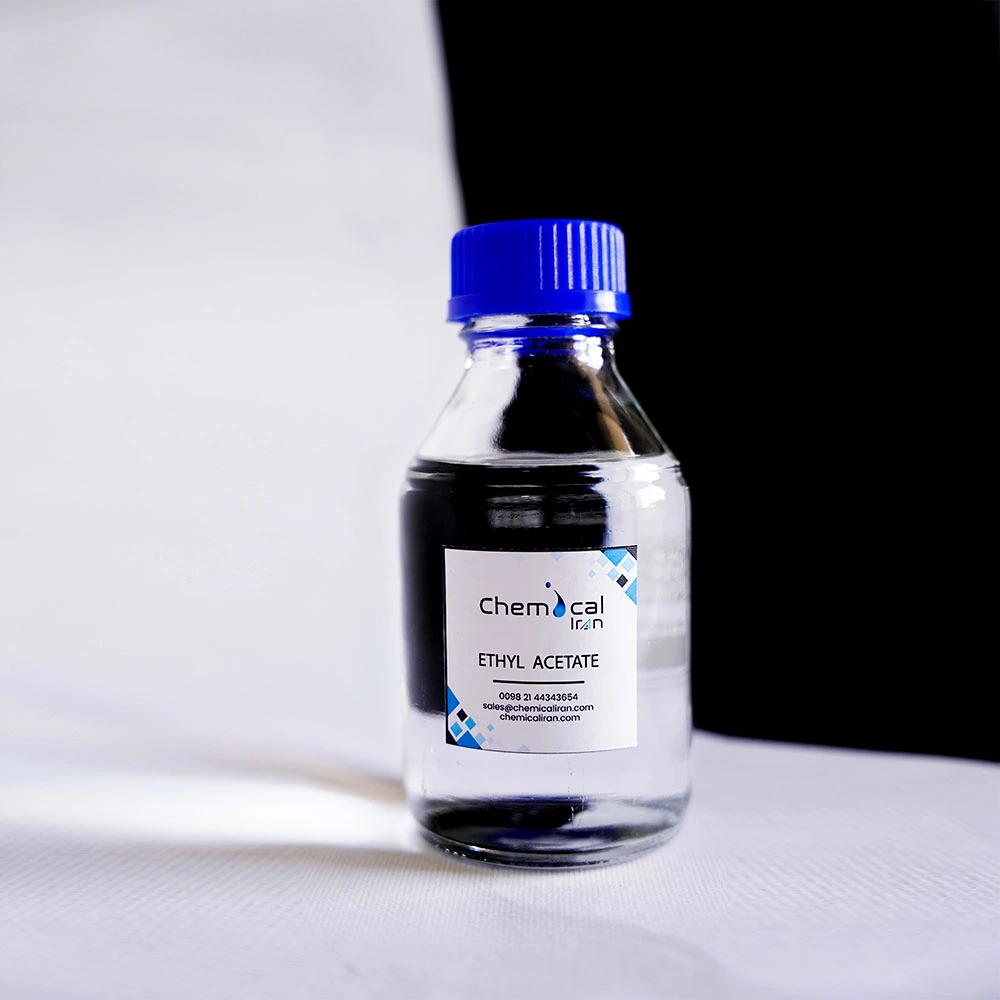
Chemical Properties
- Ester Nature: Ethyl Acetate is an ester, formed from the reaction between acetic acid (CH3COOH) and ethanol (C2H5OH). It can undergo hydrolysis in acidic or alkaline environments to produce acetic acid and ethanol.
- Reaction with Strong Bases: When heated with an alkaline solution (NaOH, KOH), EA undergoes saponification, forming an acetate salt and ethanol.
- Flammability: EA is highly flammable, with a low flash point of -4 °C. It produces CO2 and H2O when completely burned.
- Stability: It is stable under normal conditions but can decompose at high temperatures or when exposed to strong acid/alkaline catalysts.
Industrial Production Methods for Ethyl Acetate Solvent
Ethyl Acetate is primarily manufactured using the following methods:
Esterification Reaction (Fischer Esterification)
- Equation: CH3COOH+C2H5OH⇌CH3COOC2H5+H2O
- Process: Acetic acid and ethanol are heated in the presence of an acid catalyst (typically H2SO4). A distillation system is used to continuously remove water, which helps shift the reaction equilibrium towards the formation of the ester. The product is then purified by distillation.
- Advantages: Raw materials are inexpensive and the process is easy to implement.
- Disadvantages: The reaction rate is slow, and it requires a catalyst and water removal.
Tishchenko Reaction
- Equation: 2CH3CHO→CH3COOC2H5
- Process: Acetaldehyde (CH3CHO) is catalyzed by a base (such as aluminum ethoxide) to produce ethyl acetate.
- Advantages: No ethanol is required, which can reduce raw material costs.
- Disadvantages: Requires pure acetaldehyde, and side reactions are difficult to control.
Modern Process from Ethanol and Acetic Acid
- This modern approach utilizes continuous reaction technology in a reactor with a solid acid catalyst (like ion-exchange resins) to increase efficiency and reduce energy costs.
After synthesis, ethyl acetate is purified by fractional distillation to achieve high purity (typically >99%).

Applications of Ethyl Acetate Solvent
Ethyl Acetate (EA) is a versatile solvent that finds widespread use across various industries.
- Paint and Coating Industry
- EA is a common solvent in paints, varnishes, and surface coatings due to its excellent ability to dissolve resins and polymers.
- Its moderate evaporation rate helps in controlling the drying time of paints.
- Printing Industry: It’s utilized as a solvent in printing inks, especially for flexographic and rotogravure printing.
- Adhesive Manufacturing: EA is also employed in the production of adhesives, adhesive tapes, and sealants because of its strong solvency.
- Pharmaceutical and Food Industries
- In the pharmaceutical industry, EA serves as an extraction solvent in drug manufacturing.
- For the food and cosmetic industries, it’s used as a flavoring agent (fruit flavor) and is recognized as safe by the FDA (GRAS – Generally Recognized As Safe).
- Chemistry and Laboratories
- EA is invaluable in chemical and laboratory settings for applications like column chromatography, extraction, and organic synthesis.
- It’s also increasingly used to replace more toxic solvents such as chloroform in certain procedures.
- Cosmetic Industry: Due to its pleasant odor and evaporative properties, EA is found in perfumes, nail polish, and nail polish removers.
- Cleaning Agents and Detergents: Finally, EA is incorporated into cleaning and degreasing agents thanks to its ability to dissolve oils and greases and its rapid evaporation rate.

Safety Precautions When Using Ethyl Acetate
- Fire and Explosion Risk
- EA is highly flammable with a low flash point of -4 °C. Always avoid contact with open flames, sparks, or hot surfaces.
- Store it in a well-ventilated area to prevent the accumulation of solvent vapors.
- Health Risks
- Inhalation: EA vapors can cause respiratory irritation, headaches, dizziness, or nausea. Ensure you work in a well-ventilated area or use a respirator if necessary.
- Skin Contact: It may lead to skin dryness or irritation. Always wear protective gloves when handling EA.
- Eye Contact: Can cause eye irritation. Wear safety goggles to protect your eyes.
- Ingestion: Ingesting EA can cause mild poisoning. Seek immediate medical attention if this occurs.
- Storage
- Store EA in tightly sealed containers in a dry, cool place, away from direct sunlight and heat sources.
- Avoid contact with strong oxidizing agents, strong acids, or strong bases.
- Emergency Procedures
- Spills: Use absorbent materials (like sand or earth) to contain spills and ventilate the area thoroughly.
- Fires: Use a CO2 extinguisher, dry chemical extinguisher, or foam extinguisher. Do not use water as EA does not dissolve well in it.
- Environmental Impact
- EA can pollute water sources if discharged directly. Always dispose of waste according to environmental regulations.
- As a volatile organic compound (VOC), emissions need to be controlled during its use.
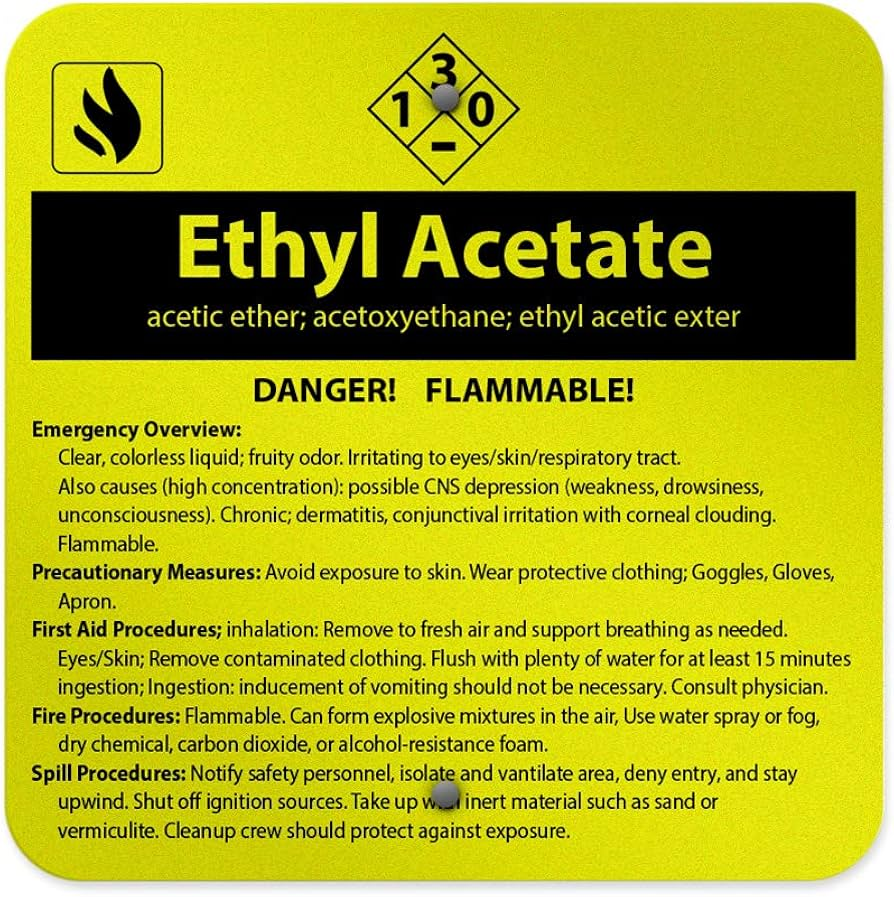
With its numerous advantageous properties and diverse applications, Ethyl Acetate (EA) solvent is a top choice for many manufacturing industries. If you’re looking for a reliable and high-quality supplier of Ethyl Acetate, contact K-Chem today for a free quote and consultation from their experienced team.
K-CHEM VIETNAM CO., LTD
- Address: N6B Road, Lot F, Phu Chanh 1 Industrial Cluster, Phu Chanh Ward, Tan Uyen City, Binh Duong Province, Vietnam
- Tel: +84 274 362 0218
- Email: info@k-chem.vn


